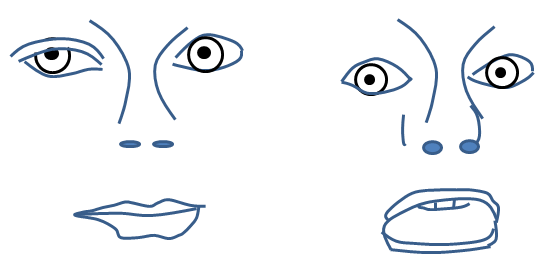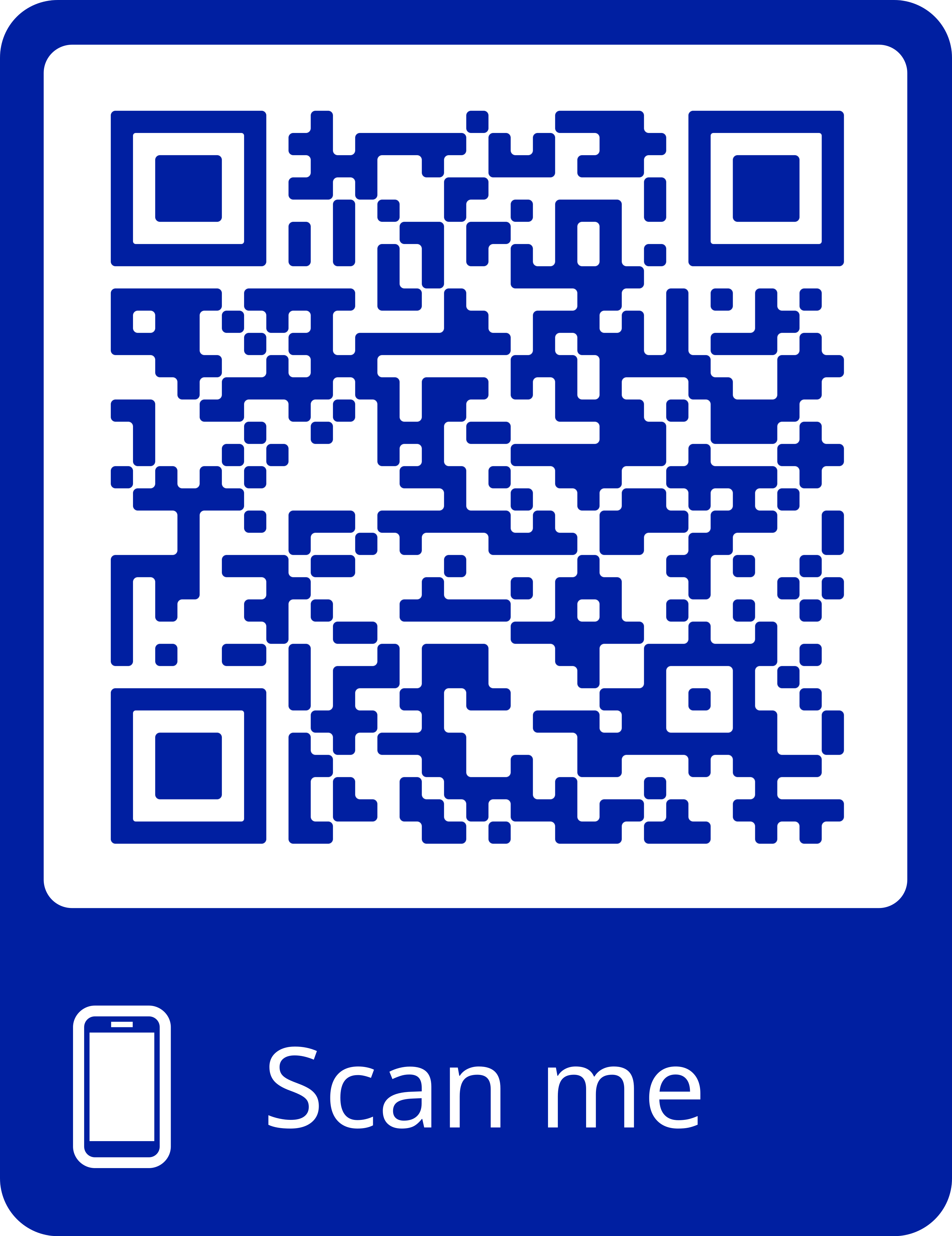- Reference Number: HEY1154/2020
- Departments: Ophthalmology Department, Orthoptic
- Last Updated: 19 December 2023
Introduction
This leaflet has been produced to give you general information. Most of your questions should be answered by this leaflet. It is not intended to replace the discussion between you and the healthcare team, but may act as a starting point for discussion. If after reading it you have any concerns or require further explanation, please discuss this with a member of the healthcare team.
What is Marcus Gunn (Jaw-winking) Syndrome?

Marcus Gunn Syndrome is a condition which develops before birth. Individuals with the condition will have a droopy eye lid (ptosis) as shown by the picture on the left. The lid can be seen to lift or flutter when the jaw is moved, particularly side to side as shown by the picture on the right. It is often noticed when a baby is feeding, but can also be seen when chewing, clenching teeth or swallowing. Of those children seen with a droopy lid, Marcus Gunn (Jaw winking) syndrome is the cause in 5% of cases. The condition usually only affects one eye and can be more noticeable when a child is looking down.
What is the cause of Marcus Gunn (Jaw-winking) Syndrome?
Marcus Gunn is thought to occur due to an abnormal connection of a branch of the nerve that helps move the jaw (the trigeminal nerve) to the upper eyelid. It is not known why these abnormal connections develop. As a result of these abnormal connections the eyelid and jaw at times move simultaneously.
Can this impact vision and why do I need to attend appointments?
In the majority of cases the droopy lid (ptosis) does not affect visual development directly. Children are not born with fully developed vision; in the same way they learn to speak they have to learn to see. If there is a barrier to normal visual development, such as a droopy lid this can lead to a lazy eye (amblyopia).
In children it is advisable to attend orthoptic appointments so that your orthoptist can ensure that the vision is continuing to develop normally in both eyes.
Can there be any associated complications or risks?
There may be an associated focussing difference between the eyes (anisometropia), and/or a squint (strabismus). Consequently there may be a risk of developing a lazy eye (amblyopia) – this can be identified and treated by your Orthoptist. In some cases there may be a reduction in the ability of the affected eye to move upwards.
How can I help if my child has Marcus Gunn (jaw-winking) Syndrome?
It may be helpful to share the information in this leaflet with your family and friends, as well as your child’s school. No specific action is required, except from attending routine follow up assessments with your local eye clinic when suggested.
Treatment is not usually required. The condition tends to become less noticeable as the child gets older. If there is a significant drooping of the eyelid then surgery may be considered by your Ophthalmologist (eye doctor).
People with Marcus Gunn may learn which jaw movements make their eyelid move as they become older, and some people may be able to adjust their jaw movements to limit the movement of the lid at certain times.
Should you require further advice on the issues contained in this leaflet, please do not hesitate to contact the Orthoptic Department on telephone: (01482) 816605.

